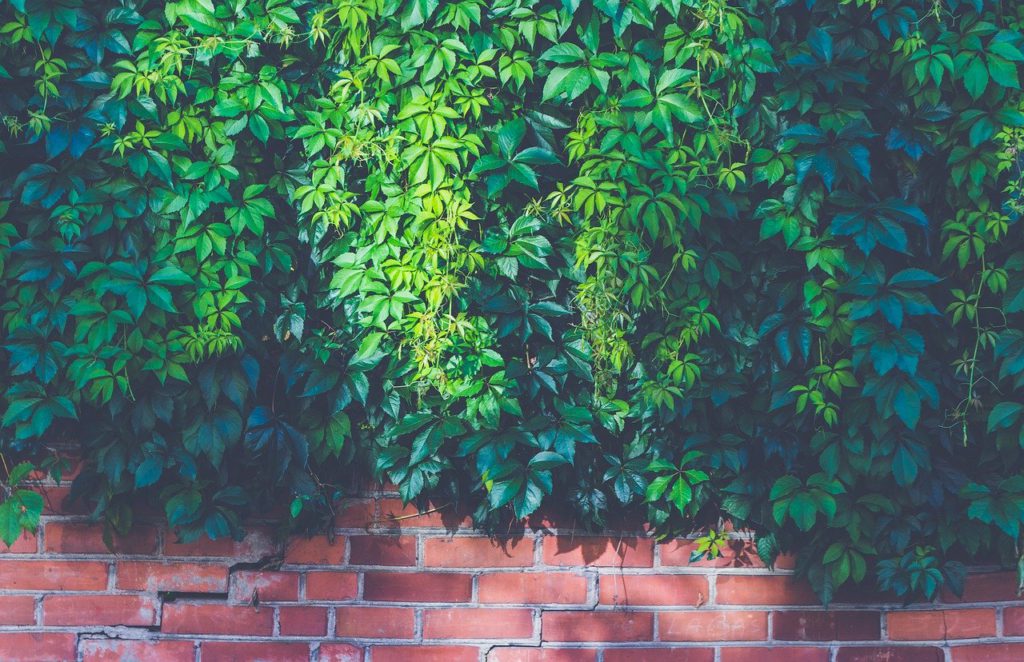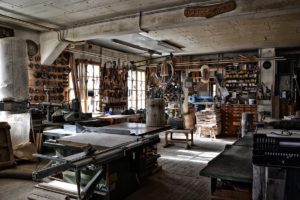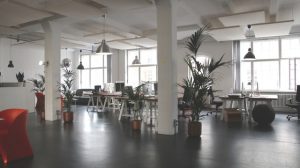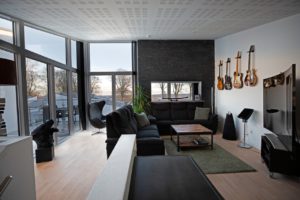Why You Should Choose Carbon Neutral Bricks For Your Home?

For those who have long held to brick’s superior thermal qualities, its durability, and the fact that it can be recycled, the advent of zero-emission bricks highlights their appeal as a sustainable building material.
As one of the world’s most sought-after and trusted sources of sustainable building materials, brick is known for its durability and solid investment potential. For those who love the look and simplicity of brick, it can be a great material for your home. Brick naturally maintains color stability, making it a maintenance-free building material and saving homeowners money. Because brick is non-combustible, it helps stop fires from spreading, often making them an ideal building material for fire-prone areas and helping protect homeowners’ investment in their homes, making them safer.
Durable, recyclable, free of contaminants, and naturally resistant to pests or fire, brick is life-friendly, making it an ideal material for responsible and economical residential design. Whether it’s making the brick itself or making a brick house more efficient, brick is energy efficient. Building with brick allows the home to be more and more energy-efficient with virtually no emissions. For energy-efficient warmth in winter and coolness in summer, brick is ideally combined with a passive building design that allows the use of natural energy sources.
In addition to producing the zero-carbon bricks once used in building a home, they can also save a lot of energy by regulating indoor temperatures, keeping a home cool in summer and warm in winter. Fired bricks have been around for over 6,000 years, but recent innovations mean they are the obvious choice for anyone planning an energy-efficient, zero-emission building. Old school brick houses are made from a durable, environmentally friendly material that can often withstand even the strongest winds and flames.
Bricks are highly fire-resistant and can withstand or limit the spread of fire for one to four hours, depending on the type of clay used. With durable mud-brick construction, brick houses can withstand all kinds of weather conditions, including high pressure, high humidity, heat, and frost. Australian Bricks can withstand a freeze-thaw cycle that destroys other building materials. Bricks are made from clay and slate, one of the most common materials on earth.
Because clay and slate are molded materials, bricks come in a variety of shapes, colors, and styles. If you don’t like it, another great option is to use recycled materials: brick, stone, glass. Whenever possible, try to recycle materials such as bricks, metals, broken concrete, or wood.
If you decide to buy a brick house, make sure that the brick is of high quality and dense. When it comes to building with bricks, you may have cheaper options, but that usually means they are more porous. Although brick houses are more expensive, they also add value to your home and save on maintenance costs, a beautiful home is worth buying. Brick houses are eco-friendly, have a long lifespan, and require little maintenance, but they are also expensive to buy or build and can have structural problems like many other types of houses.
If you want to make your home eco-friendly, enjoy minimal maintenance, and love the fact that the look of it will leave people breathless (and not because they were trying to blow your house up), then a modern brick home is a way to go. case. Many people love the look of brick and it highlights the value of your home and neighborhood. Sustainable home design using brick makes ecological sense, as brick has been a popular choice for almost 10,000 years. The brick building is affordable and easy to work with, and no expensive plastering is required, so brick is the starting building material.
Brick is not only a popular building material due to brick’s environmental properties, but it also offers additional benefits to homeowners themselves by allowing more flexibility to create the desired design aesthetic. Strong, sustainable, recyclable, and beautiful, brick stands the test of time and offers benefits unmatched by other building materials. Bricks are one of the most energy-efficient building materials as they have a heat capacity of 0.84 J per kelvin.
Almost anything is better than concrete, one of the most carbon-rich materials on the planet. It is critical to reducing reliance on carbon-intensive concrete, the most widely used building material on the planet and responsible for about 8% of global carbon dioxide emissions.
If you can use wood framing instead of steel and concrete, or wood siding instead of vinyl, you can reduce the built-in carbon in the project. For example, carbon-neutral building designers are replacing concrete structures in large buildings with new sustainable cross-laminated timber. According to the Forestry Commission, building a house from such lumber, rather than brick, reduces carbon emissions by ten tons.
Brickworks is also buying forestry-based carbon offsets to ensure its Longford facility next to Launceston bricks is carbon neutral. Customers, building partners, professional designers, and developers can now purchase any brick or flooring produced at Brickworks Australia as a certified carbon neutral Brick product. Daniel Robertson bricks may only be Brickworks-certified zero-emission bricks, but the company has actually achieved emission reductions outside of Tasmania.
Increasingly, raw bricks are used, which are left to dry naturally rather than heated in a kiln. Bricks. The foundations of many homes across Australia come in a variety of grades and colors. Bricks have not only shaped the Australian language but are also the seat of cutting-edge technology and the engine of innovative design.












